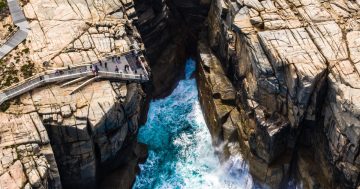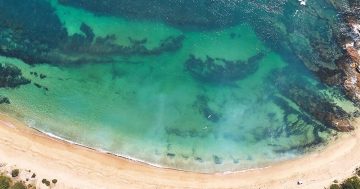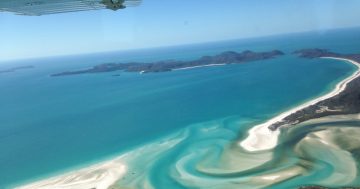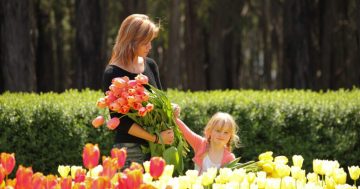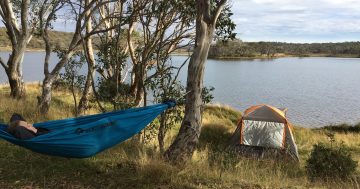Jake Buehler asks whether selfies at natural beauty spots are ruining them.
 Once pristine natural places become famous on Instagram. Then everything changes.
Once pristine natural places become famous on Instagram. Then everything changes.
Lonely trails clog with hikers; empty forest pools fill with swimmers.
Some have argued that the meshing of social media with the outdoors could cause locations to be loved to death.
Maybe even fundamentally taint outdoor recreation itself.
Painting our obsession with digital documentation as a kiss of death for nature’s highlight reel ignores one fact.
When you throw photos of that scenic trail onto your social media platform, you’re logging data about when and where you interacted with an ecosystem.
As researchers are now discovering, that data has the power to help us manage and protect special places, at a time when more people are using nature than ever before.
Recently, a new test of social media’s usefulness in detecting real-life visitation patterns was described in a preprint paper uploaded to bioRxiv.
Researchers at the University of Aberdeen in Scotland set out to see how well “nature-based recreation” mapping records where people were drawn to in Scotland’s Cairngorms National Park.
The team took data from a national survey commissioned by the Scottish Government in 2015.
It looked to see if the time and placement of geotags in Flickr photos matched the survey data for hotspots of wildlife watching over a five year period.
The team found that short-term and seasonal patterns of photos uploaded to Flickr aligned well with the survey data, showing that you can accurately track park use down to the scale of several kilometres.
Flickr revealed how visitors used space in the park far more quickly, easily and cheaply than park ranger surveys.
Environmental scientist, Spencer Wood, who wasn’t involved with the paper, said it was a nice example of how social media can be harnessed to understand how people use outdoor environments.
“Popularity on social media platforms mirrors popularity in real life,” Mr Wood said.
However, he cautioned that there’s a lot of potential for bias in comparing the Flickr and survey data sets.
“We’re digging into what those biases are, and papers like this help us understand them better,” he said.
Mr Wood recently looked at how photos on Flickr could be used to accurately measure how many people were visiting 38 National Parks in the western United States.
Ultimately, data from research like this could be useful to determine if trails and infrastructure are sufficient to support the number of people visiting.
While the US Forest Service only does large-scale data collection every four or five years, social media data may help tell the Agency what’s going on month to month.
Mr Wood says there could be other uses.
If social media data reveals most of the people in a region seem to favour high-grade hikes with mountain vista views, that could inform how land managers weigh future projects.
Public Agencies are starting their own research efforts as well.
Arizona-based community planner with the National Park Service (NPS), Adam Milnor works directly with the NPS to help it look at new sources of data on visitor use and recreation.
Similar to Mr Wood, the goal of these NPS researchers is to get a better idea of where people are going in the parks.
Mr Milnor said the NPS is in the brainstorming phase on how to approach this research.
He’s quick to emphasise that the NPS isn’t interested in how individuals make their way around these natural spaces, just in illuminating patterns of wear and tear.
“We’re only using data that people post and make publicly available and we’re doing it only by looking at things that are anonymous,” Mr Milnor said.
“We’re just trying to learn from what people are sharing with us already.”
He said in many of the more photogenic spots in the park system, visitation rates “have absolutely exploded”.
“We are experiencing record visitation at National Parks,” he said.
As visitation to natural spaces swells, data scientists are likely to hone in on what information is helpful or misleading.
However, it’s clear that social media’s role in understanding of how humans use the outdoors is expanding alongside its presence in our lives.
The integration of social media and the outdoors might yet have some silver linings.
*Jake Buehler is a science writer and blogger, hiker, landscape photographer. He tweets at @buehlersciwri.
This article first appeared at www.gizmodo.com.au


